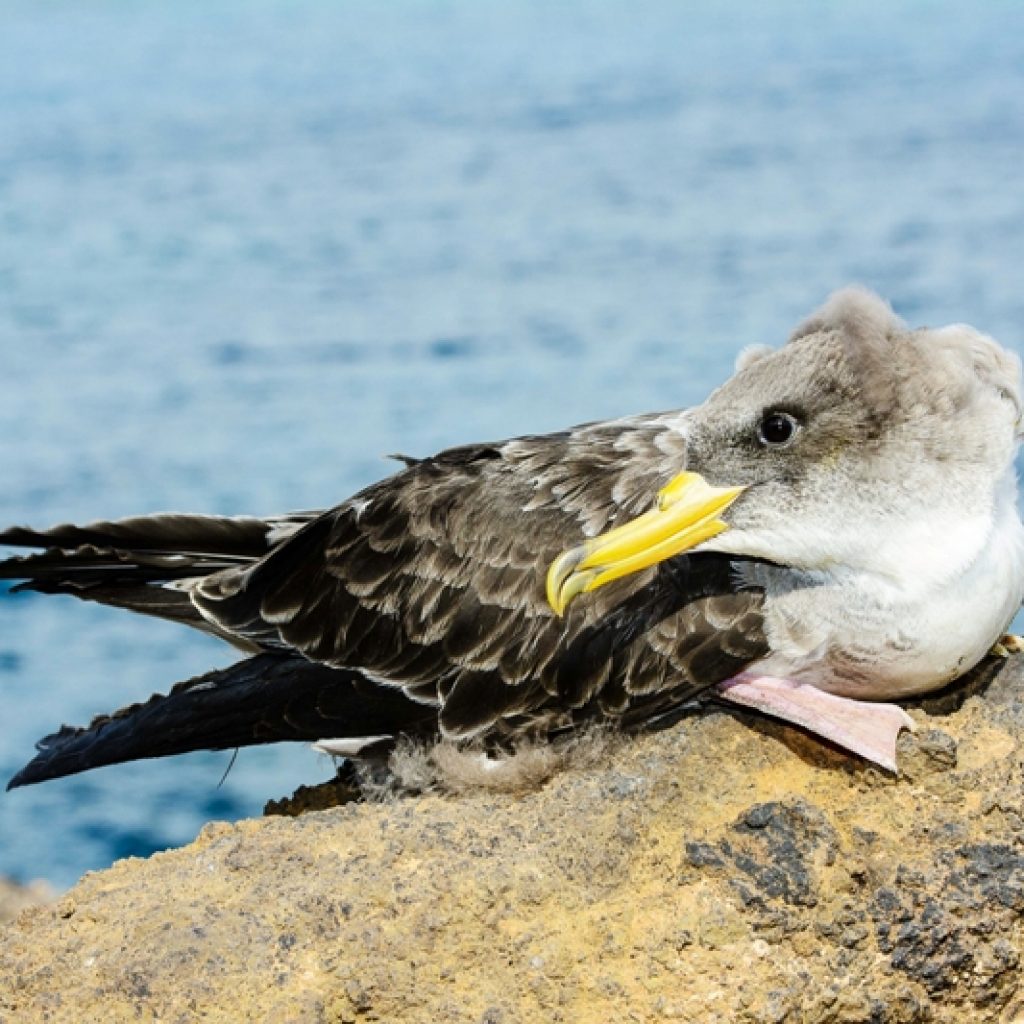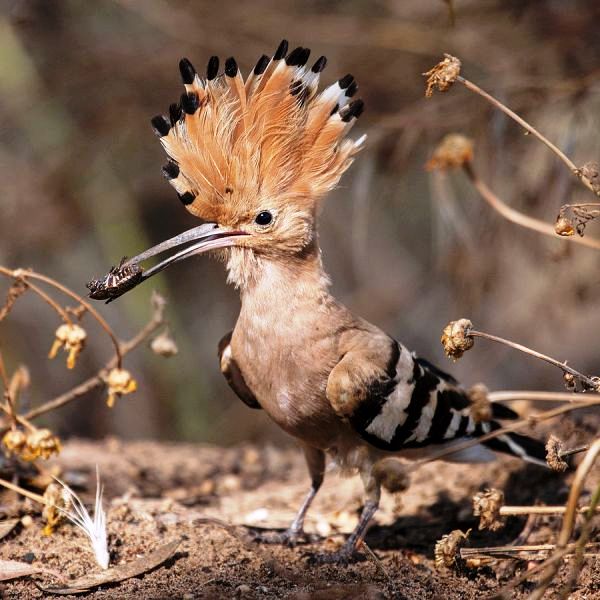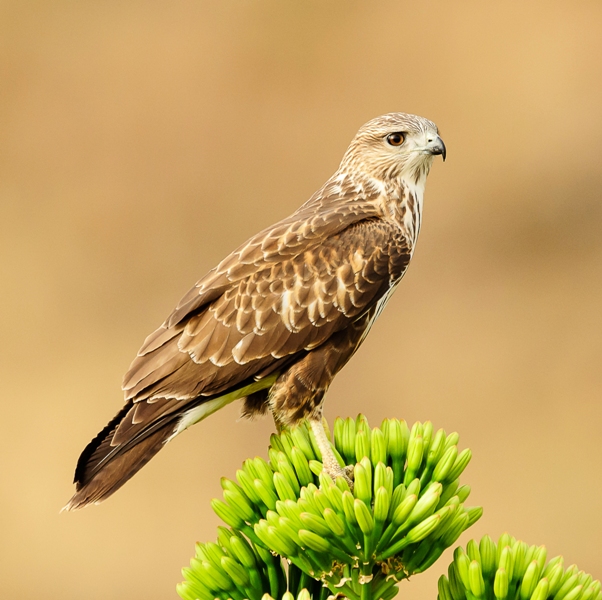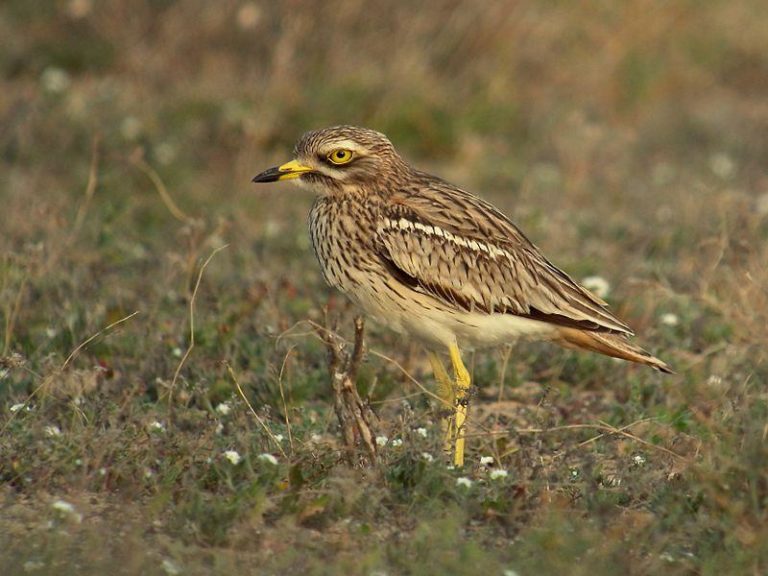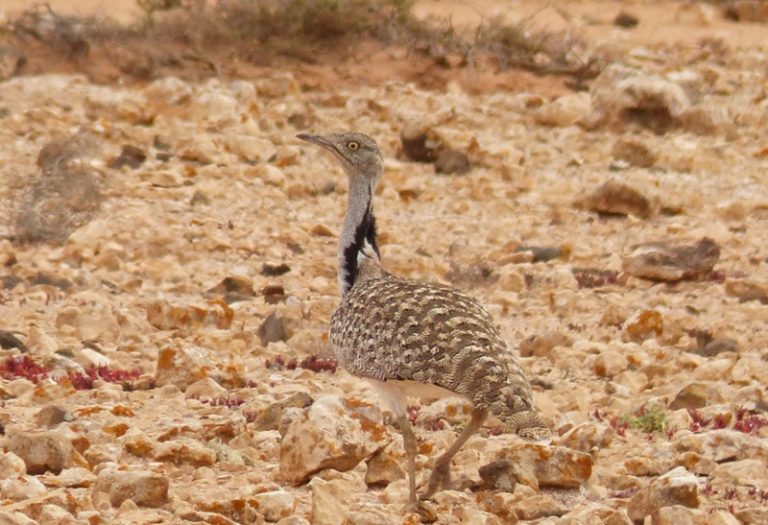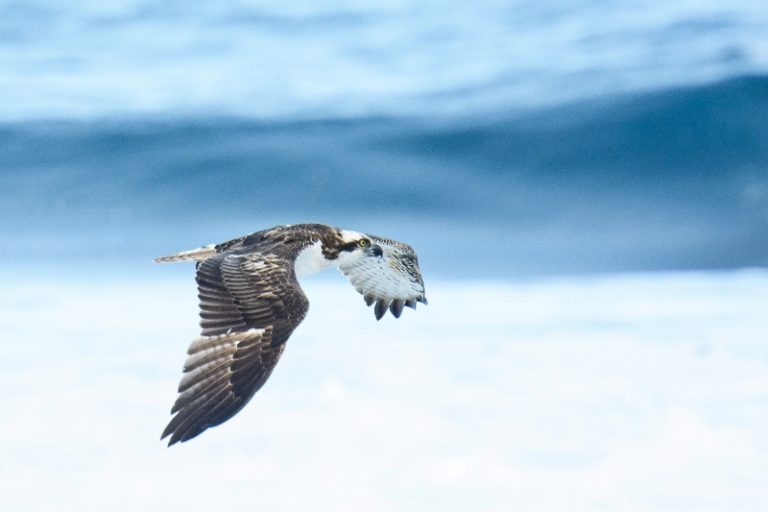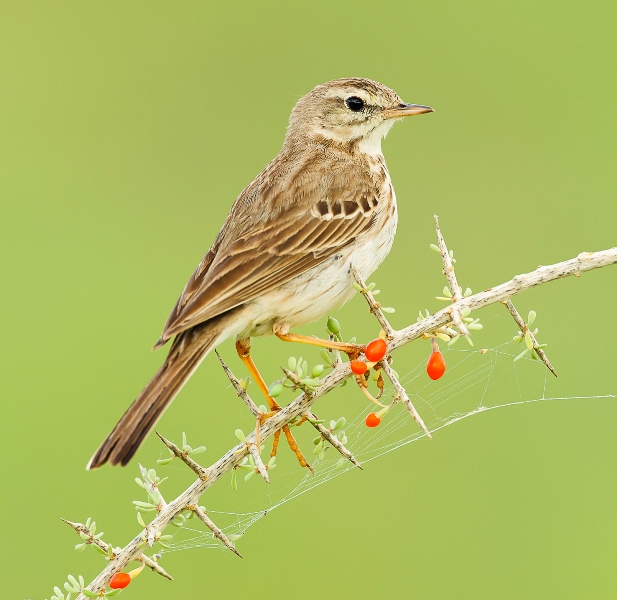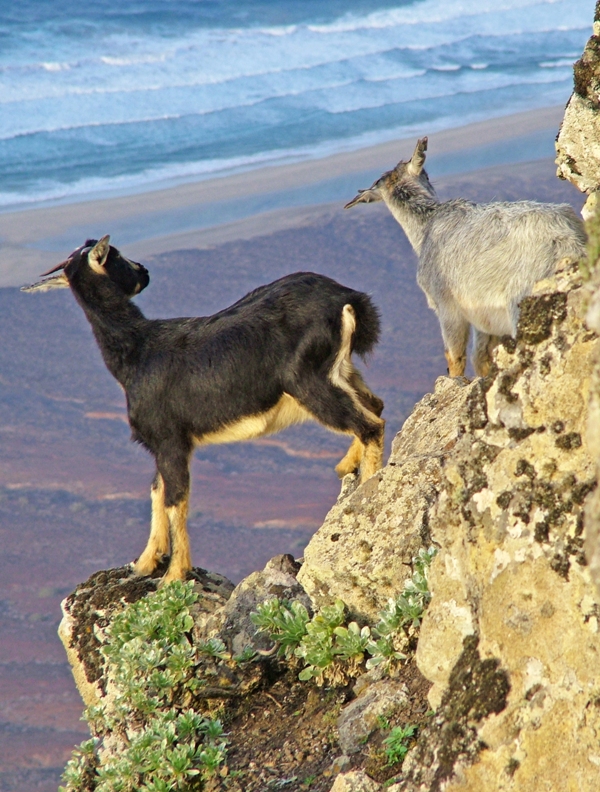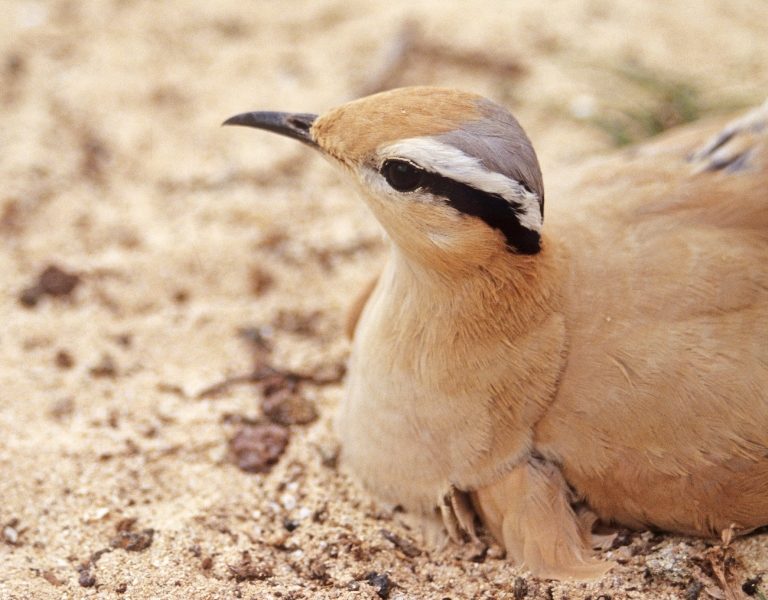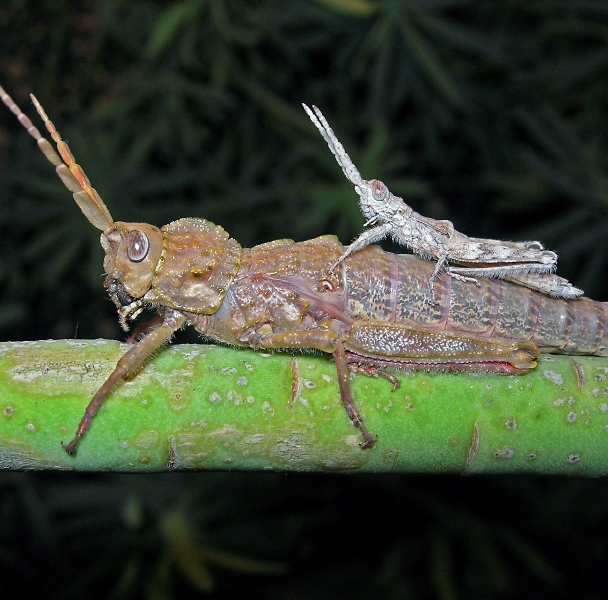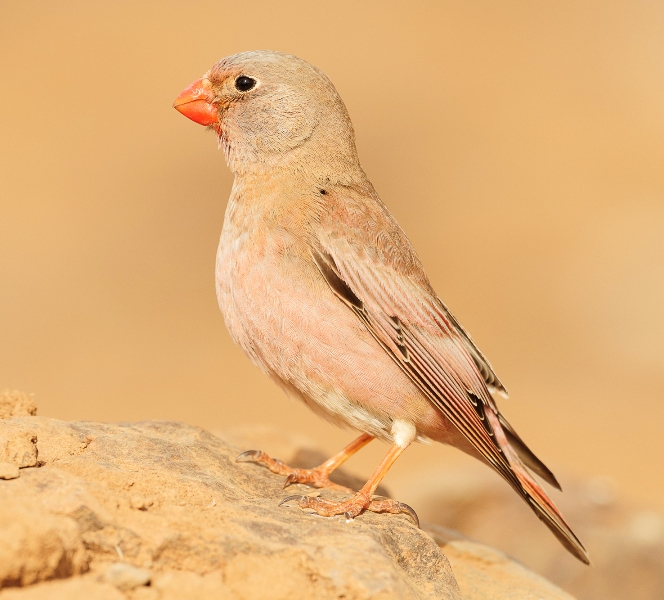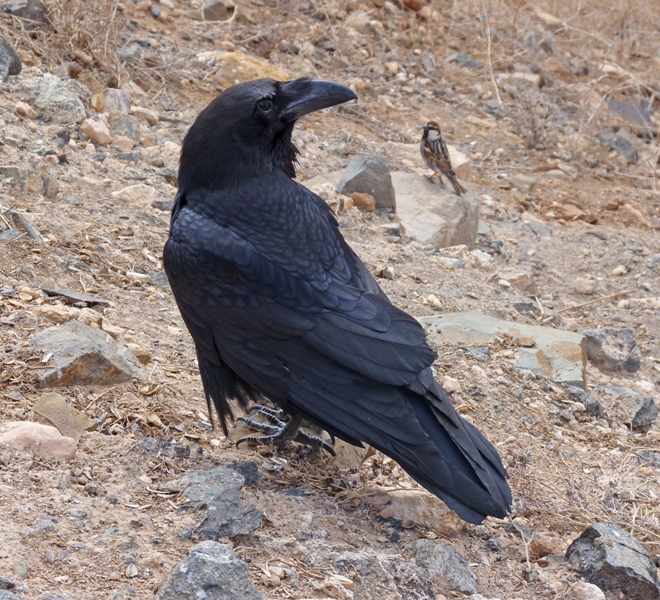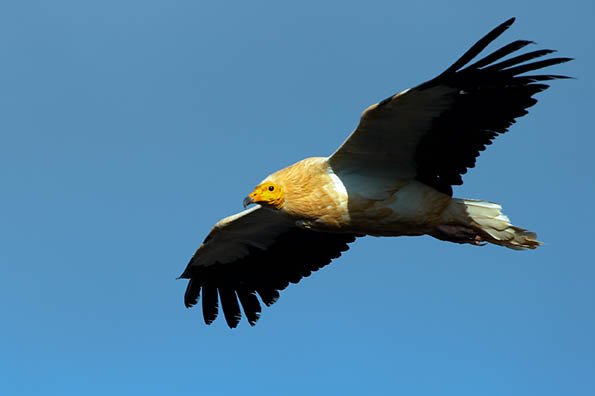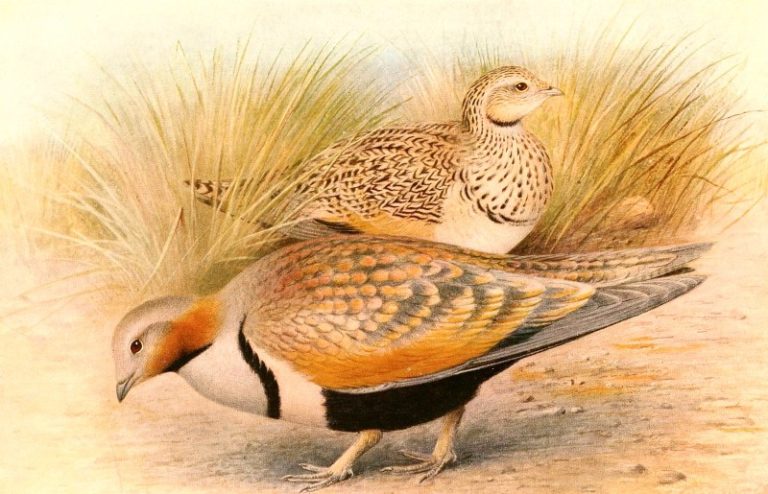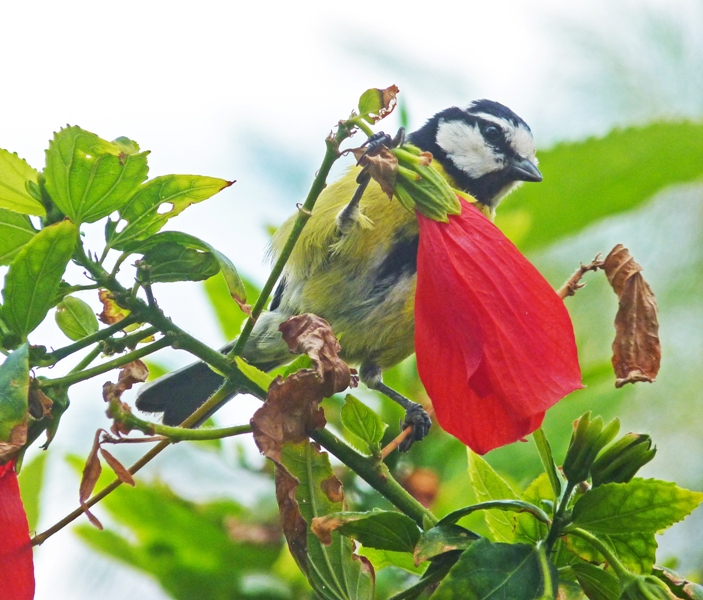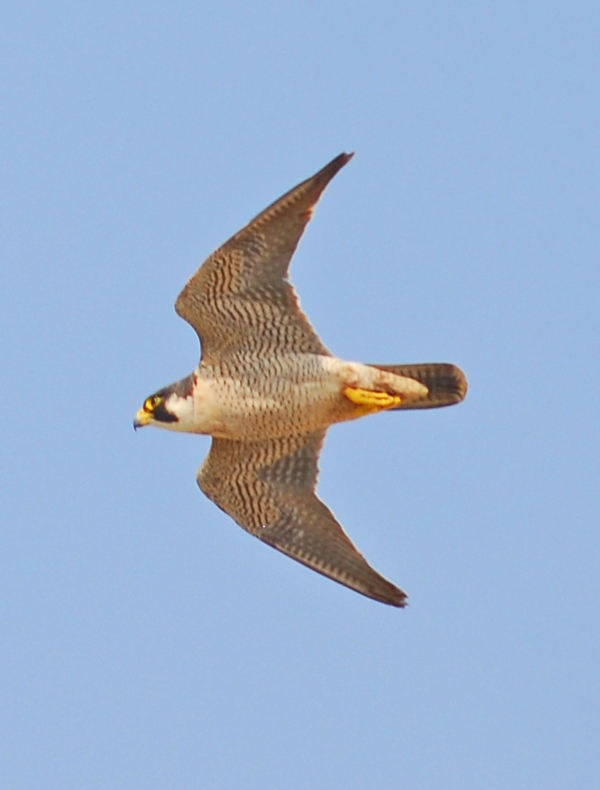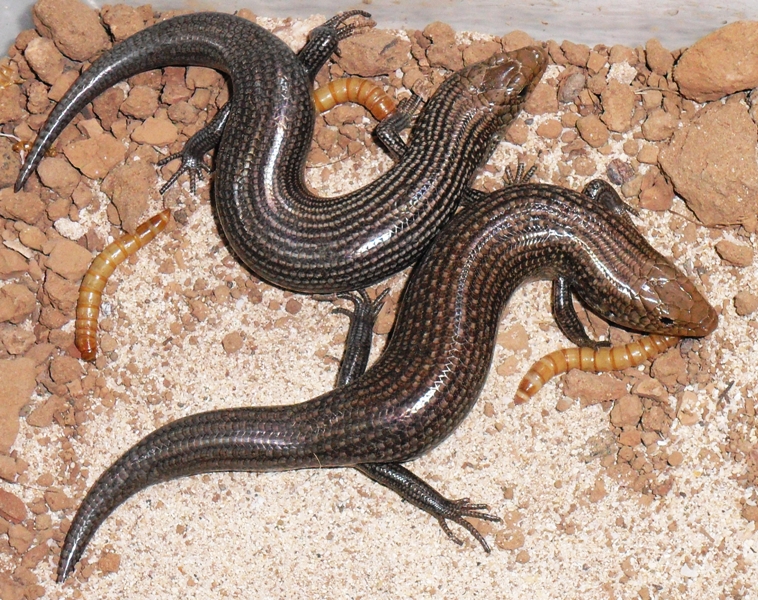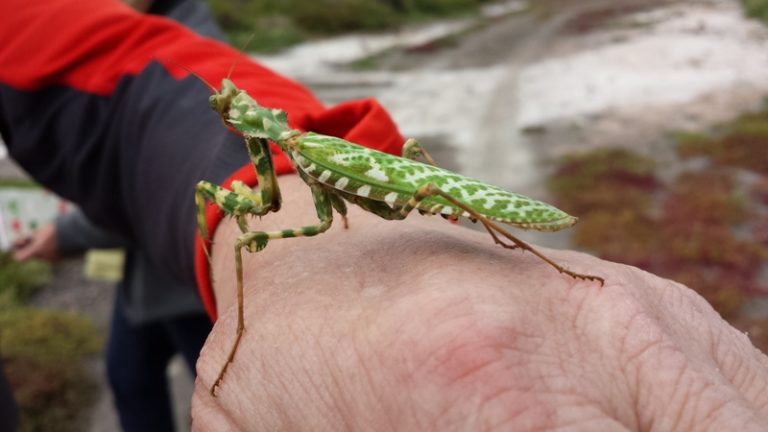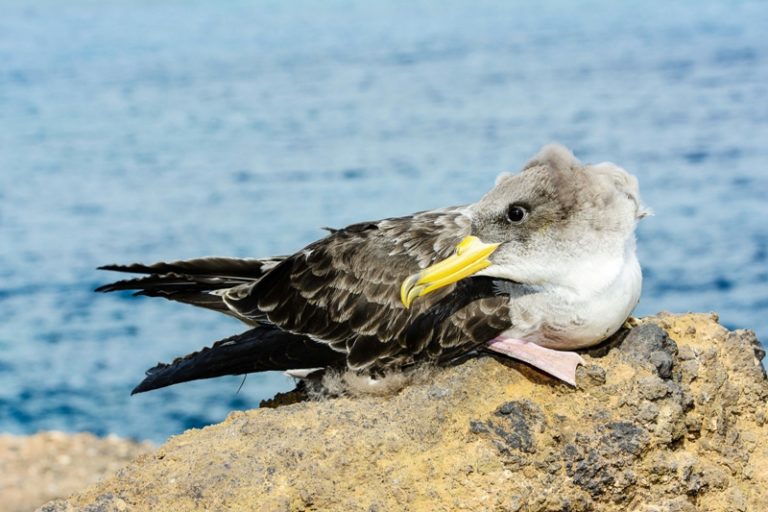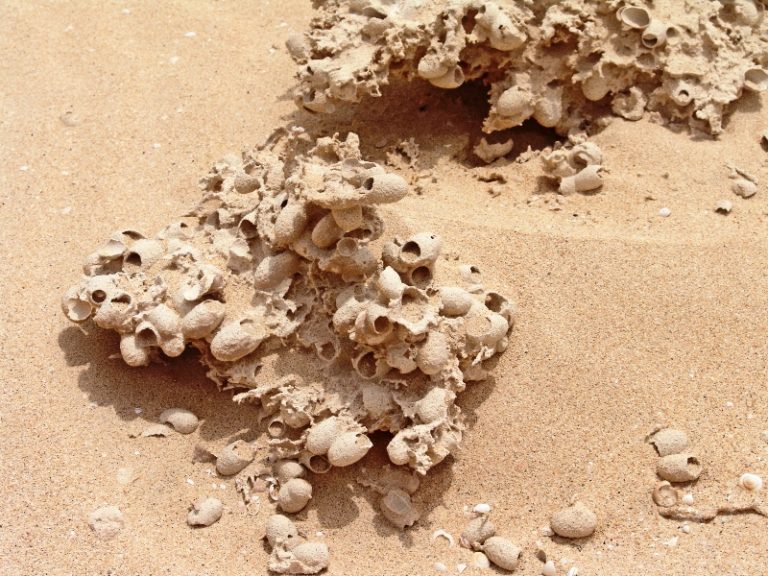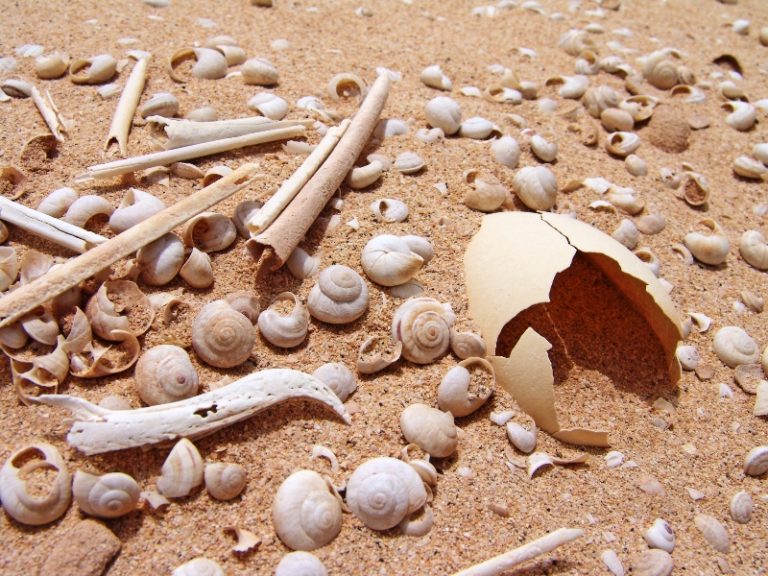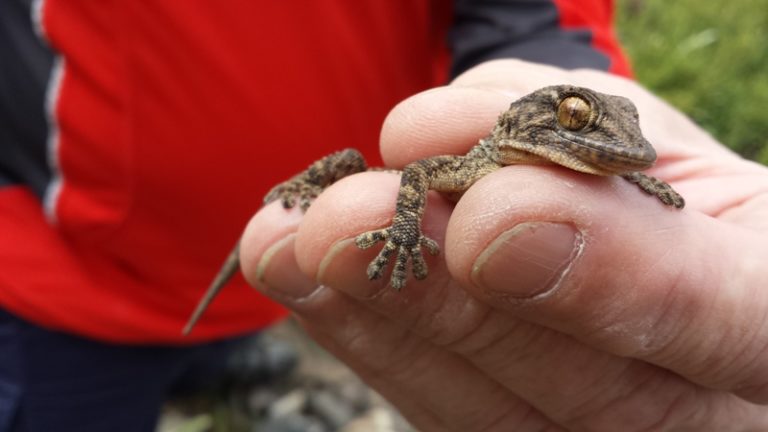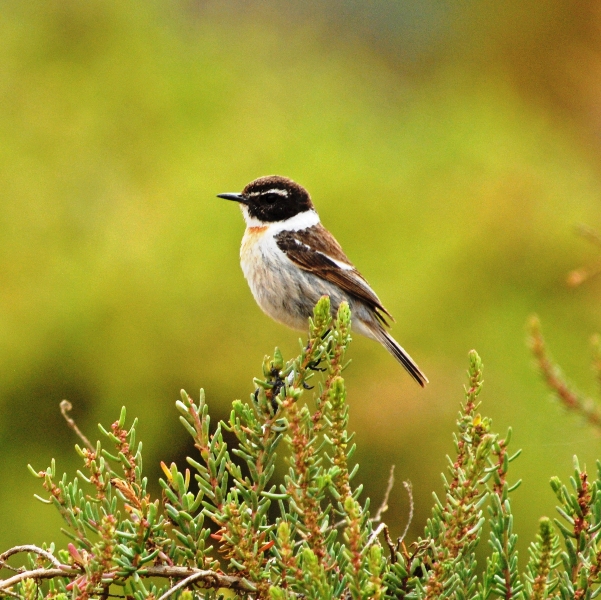Common name: Atlantic Cory’s Shearwater
Scientific name: Calonectris borealis
Status: The Cory’s shearwater is the most common of the seabirds in the Canary Islands, except for the yellow-legged gulls. A population of over 50,000 couples is calculated.
Habitat and distribution: It is widely distributed throughout the Atlantic islands of the Canary Islands, Madeira, Salvajes and Azores, as well as in the Berlengas along the Portuguese mainland coast. Previously it was considered a subspecies of Cory’s Shearwater (Calonectris diomedea).
How to recognize it: It is a kind of dusky gull with pelagic habits that only comes close to the coast to breed. Its graceful glide, always with the tips of its wings skimming the waves, is an image well known to sailors and sailors. It is brown above and white below, except for the tips of the wings, which are black.
Curiosities: It arrives at the Canary coasts in mid-February or early March to nest. Spawning takes place in May and June in burrows or “huras” located under rocks, in compacted sand or among dense low vegetation. The chickens remain in them until the second half of October. In November, the shearwaters leave the Canary waters and disperse across the Atlantic, reaching the coasts of Brazil and Namibia.
Traditionally they were highly persecuted by the population mainly due to the fat that their chickens accumulate, being captured in large quantities. This “shearwater oil” was used to treat diseases of the respiratory system. In addition, the shearwaters were used directly as food.

